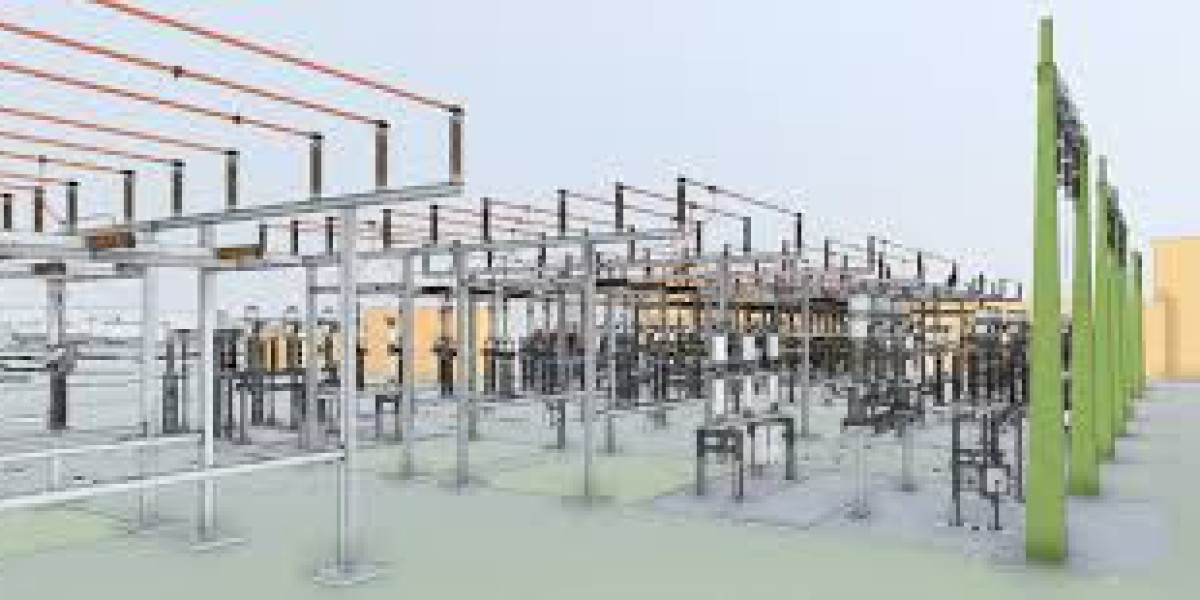Introduction to Building Information Modeling (BIM)
Building Information Modeling (BIM) is a transformative process in the construction and architectural industries. It involves the creation and management of digital representations of physical and functional characteristics of places. These intelligent 3D models serve as shared knowledge resources, facilitate informed decision-making throughout the lifecycle of a building, from conceptual design to demolition.
Unlike traditional building design, which relies heavily on 2D drawings and separate documentation, BIM integrates every aspect of a project into a collaborative environment. It supports architects, engineers, contractors, and owners by providing comprehensive data at every stage. The result is increased efficiency, reduced errors, and enhanced coordination.
How BIM Works
BIM software enables users to design a building in 3D, along with dimensions of time (4D) and cost (5D). It allows stakeholders to visualize the structure, simulate construction processes, and assess potential risks before they become real-world problems. Every element—from walls to plumbing systems—is embedded with data, including specifications, manufacturer details, and maintenance instructions.
This virtual model acts as a living database that evolves with the project. As changes occur, the model updates automatically, maintaining consistency and accuracy across all documentation. This real-time adaptability ensures that everyone involved works from the most current information, reducing miscommunication and costly rework.
Key Benefits of BIM
One of the most significant advantages of BIM is its ability to improve collaboration across disciplines. By working on a centralized platform, architects, engineers, and contractors can coordinate their efforts more effectively. Clash detection features highlight potential conflicts in the design phase, allowing them to be resolved before construction begins.
BIM also enhances project visualization. Stakeholders can explore digital walkthroughs and simulations, making it easier to understand design intent and foresee operational needs. This leads to faster approvals, better design outcomes, and improved client satisfaction.
BIM in Sustainable Design
Sustainability is an integral part of modern construction, and BIM plays a crucial role in supporting green building practices. It allows for the analysis of energy consumption, daylight access, and thermal performance early in the design phase. This data-driven approach helps architects optimize resource usage and meet environmental standards.
Moreover, BIM supports the use of sustainable materials by enabling lifecycle assessments and waste reduction. Accurate quantity take-offs ensure minimal material overuse, contributing to cost savings and environmental protection.
Applications of BIM in Construction
Beyond design, BIM is actively used in construction management. Contractors rely on it to plan sequencing, logistics, and timelines more precisely. With 4D scheduling, teams can visualize how the project will evolve over time, enabling better site coordination and resource allocation.
Post-construction, BIM continues to add value through facility management. Owners can access comprehensive digital records for maintenance, renovations, and future upgrades. These models become essential tools for managing building performance and extending asset lifespan.
Challenges in BIM Adoption
Despite its numerous benefits, BIM adoption presents certain challenges. High initial costs for software and training can deter small firms. There's also a steep learning curve, as professionals must adapt to new workflows and technologies. Interoperability between different software platforms remains a hurdle, occasionally limiting seamless collaboration.
Another issue is the need for clear standards and protocols. Without consistency in how BIM data is structured and shared, collaboration can become fragmented. However, industry bodies are increasingly working towards the development of standardized BIM frameworks.
Future of BIM
The future of BIM is closely tied to technological innovation. The integration of artificial intelligence (AI), machine learning, and the Internet of Things (IoT) will further enhance its capabilities. Smart sensors in buildings can feed real-time data into BIM models, creating truly intelligent environments.
Additionally, the rise of digital twins—dynamic, data-rich replicas of physical structures—builds upon BIM's foundation. These twins offer advanced simulation, predictive maintenance, and real-time monitoring, pushing the boundaries of building management and urban planning.
BIM in Global Infrastructure Projects
Globally, BIM is becoming a mandatory practice for public infrastructure projects. Governments in the UK, Singapore, and several European countries have introduced BIM mandates, eliminating its potential to streamline procurement and improve project outcomes.
This global push toward digital construction practices is encouraging more organizations to adopt BIM as a standard approach. As awareness grows and technology becomes more accessible, BIM is expected to become ubiquitous across the construction industry.
Source - https://www.marketresearchfuture.com/reports/building-information-modelling-market-2044
Building Information Modeling represents a paradigm shift in how we design, construct, and manage buildings. It replaces outdated processes with a comprehensive, data-driven approach that enhances collaboration, improves accuracy, and reduces waste. From sustainability to operational efficiency, the benefits of BIM are far-reaching.
As the construction industry increases pressure to deliver faster, smarter, and faces greener projects, BIM stands out as a powerful solution. Embracing BIM not only improves project performance but also prepares organizations for a more integrated and intelligent future.






